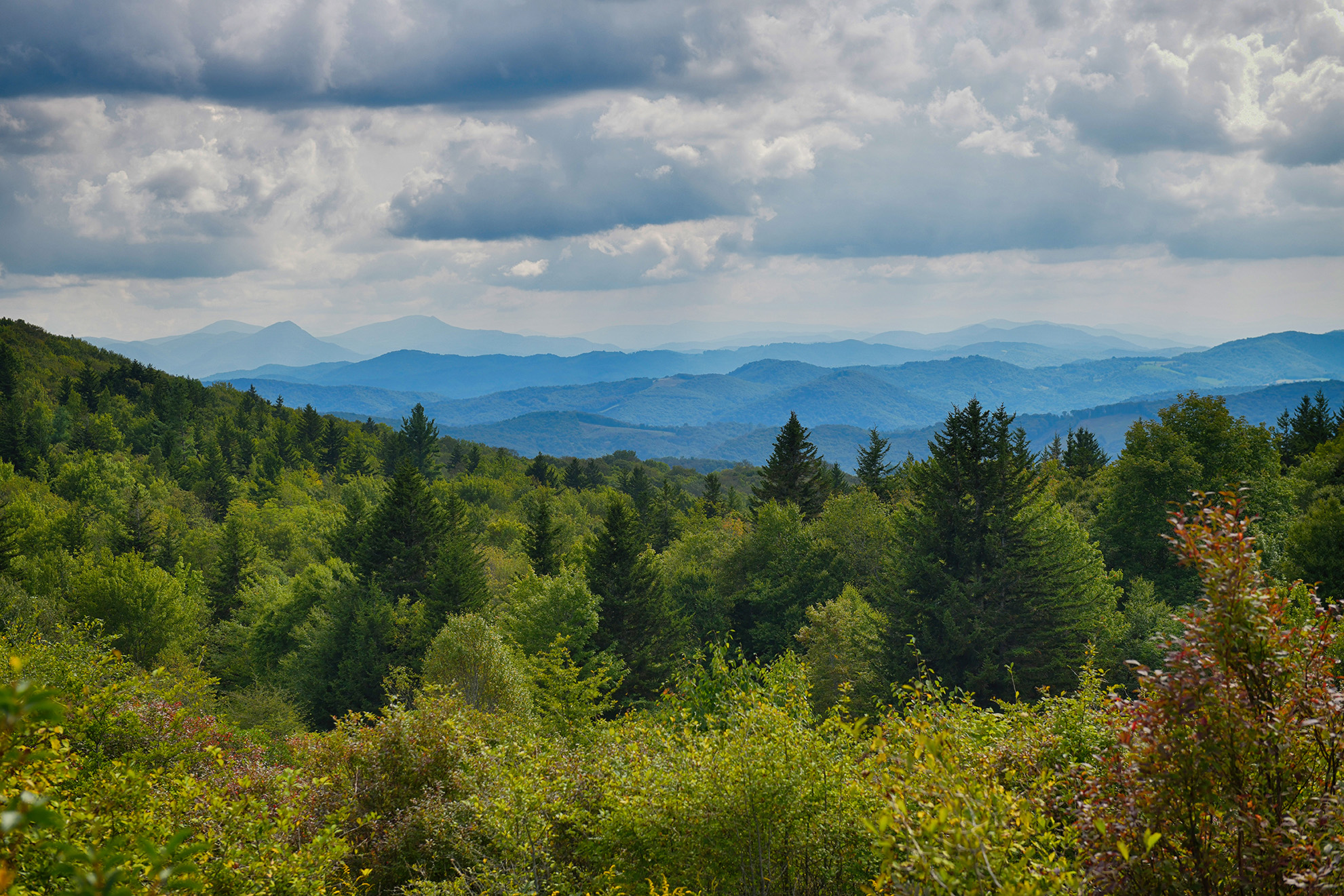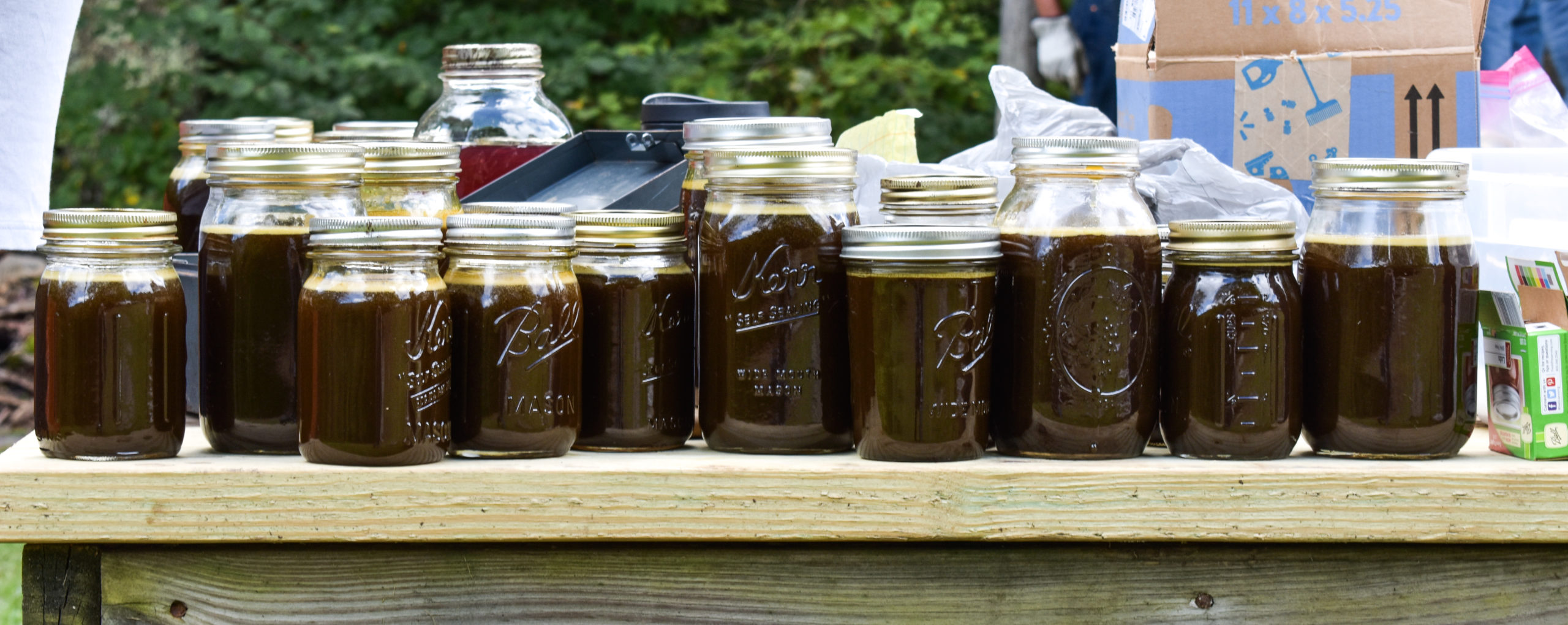
03 Jun Molasses a Story from Grayson Highlands
Molasses
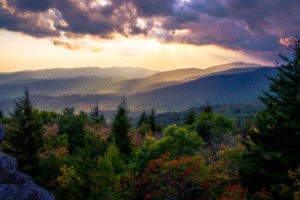
There are as many reasons to love Southwest Virginia as there are flowers in its mountains or fish in its rivers but a defining aspect of the region that will always linger in its heart is the beautiful culture that has blossomed here. Just passing through one of the many towns or cities in this part of the state, it would be hard not to notice the good nature and kind souls that inhabit them. One doesn’t have to look far into the past of Southwest Virginia to see that this has always been the case. Throughout history, the culture of the region has been defined as one of compassion, comradery, and community. On display each year, you can see this accentuated before your very eyes at the annual Grayson Highlands Fall Festival.
The festival is dotted with everything from local artisans to live music to delicious food. However, I was fortunate enough to follow the process of one particular aspect of the festival: making molasses. I wasn’t completely sure what it was beforehand but I’ve come to learn a lot about the importance of it to the history of the region, about the strenuous process involved in making it, and lastly the delicious final product and worthy cause that makes all the effort worth it.

Traditionally, molasses has been used as a sweetener when sugar supplies have been low in the region. During periods of economic strain such as through the Great Depression, molasses became a favorite substitute to sugar to many households and its unique flavor was cemented into the culinary legacy of the region. The nature of making the molasses itself is a perfect illustration of the kind-hearted culture of Southwest Virginia. Whole communities would come together and share in the workload required to make the product. Families would grow sugarcane on their land. Others would share in the labor of maintaining and harvesting. After it was ready to turn into molasses, people would take turns in the whole days of work necessary to turn it into the delicious final product. In a community effort that was a testament to the cultural identity of the region, families were able to get their share of molasses to make it through the year.
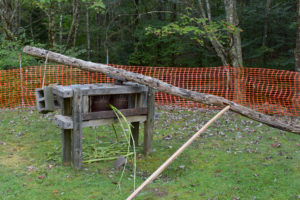
This process is recreated annually at the Fall Festival. However, out of the grace and goodwill of those involved in making the molasses, all proceeds are 100% donations to the Rugby Volunteer Fire and Rescue Department.
The process begins months before the actual festival takes place. The fields are prepared and the sugarcane is planted. After tending it through the summer and seeing it ready for harvest, it must then be “stripped” of all its leaves to prepare it to be cut and juiced. Which is by no means as easy as it sounds. It takes a group of well over a dozen men tending each stalk of cane in the fields. Slicing off every leaf in an effort that usually lasts from dawn to well into the midday.
After the stalks are left in the field for an additional week, to ripen in the absence of their leaves, it’s time to cut and juice them. The group must convene again to cut the sugarcane and transport it to the fire hall where it’s run through a machine that squeezes the juice out of the stalks and filters any impurities out. Then the juice is ready to transport again to the site of the Fall Festival and prepared to be cooked into molasses the next day.
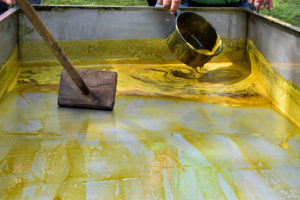
As if two days of hard work starting at dawn wasn’t enough, the juice is placed in a giant vat and placed upon a large fire just before sunrise. In order for the molasses to be ready before the festival ends, enough time must be allotted for the water content to boil away and leave behind the substance that will please many impressed taste-testers. Conveniently, the molasses is usually done cooking around the time people are getting hungry for lunch. Not much will make a stomach growl more than the sweet and savory scent of fresh molasses that fills every corner of the festival grounds
However, the cooking process isn’t as easy as it sounds. As the water begins to boil away, proteins coagulate and rise to the surface. They must then be manually skimmed off the top of the boiling liquid to prevent it from taking on a bitter flavor.
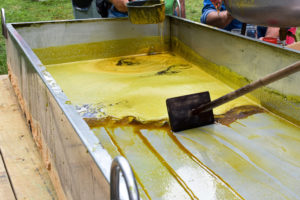
For the entirety of the hours the molasses is cooking, several people must rotate in and out to remove the proteins as they rise to the surface. This can be an arduous job when it’s well over seventy degrees outside and you’re standing beside a fire and a vat of hot liquid.
As the molasses cooks, onlookers can see the system that was used many moons ago to squeeze the juice out of the sugarcane to prepare it to cook.
As the hours pass and the once green juice takes on a thick, brown complexion, it’s time to can it to sell. The vat is removed from the fire and placed on an adjacent table. In an assembly line like motion, several people push the molasses to the front of the vat where it’s scooped out and filtered one last time through a table cloth. It then falls into jars where it is sealed and sold to the many people who line up to purchase the sweet and syrupy final product.
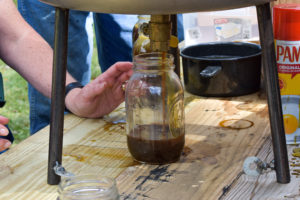
At the end of the day, everyone was nothing but sticky fingers and wide smiles. Friends were made, an art form and a delicacy were produced that truly highlights the character of the region. Although, through all the wonderful smells and tastes the day contained, the part that stood out the most was the communion and wholesomeness of a community rallying for a good time and a great cause. This, like the molasses sealed within the jars, is as sweet as it is pure and as pure as it comes.
The Fall Festival itself is a beautiful encapsulation of the mountain culture that exists within the region, much like Grayson Highlands is itself. Throughout the year there are more than enough reasons to visit the park including
- The Grayson Highlands Fall Festival
- The numerous hiking opportunities the park offers
- The fishing opportunities in its many fresh mountain brooks
- The Wayne C. Henderson Festival
- The vistas
- The infamous Grayson Highland ponies
- The gorgeous fall foliage
Whatever reason brings you to the park, I hope you’re treated to the beauty, both natural and cultural that exist throughout Southwest Virginia.
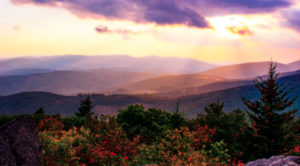
*A special thank you to Mastin Spencer, whose dedication to cultural preservation made this story possible. Another thank you to Kenny Spencer, Alvin Sells, Bill Farmer, and the numerous others who were kind enough to let me follow along in this process and learn along the way.




